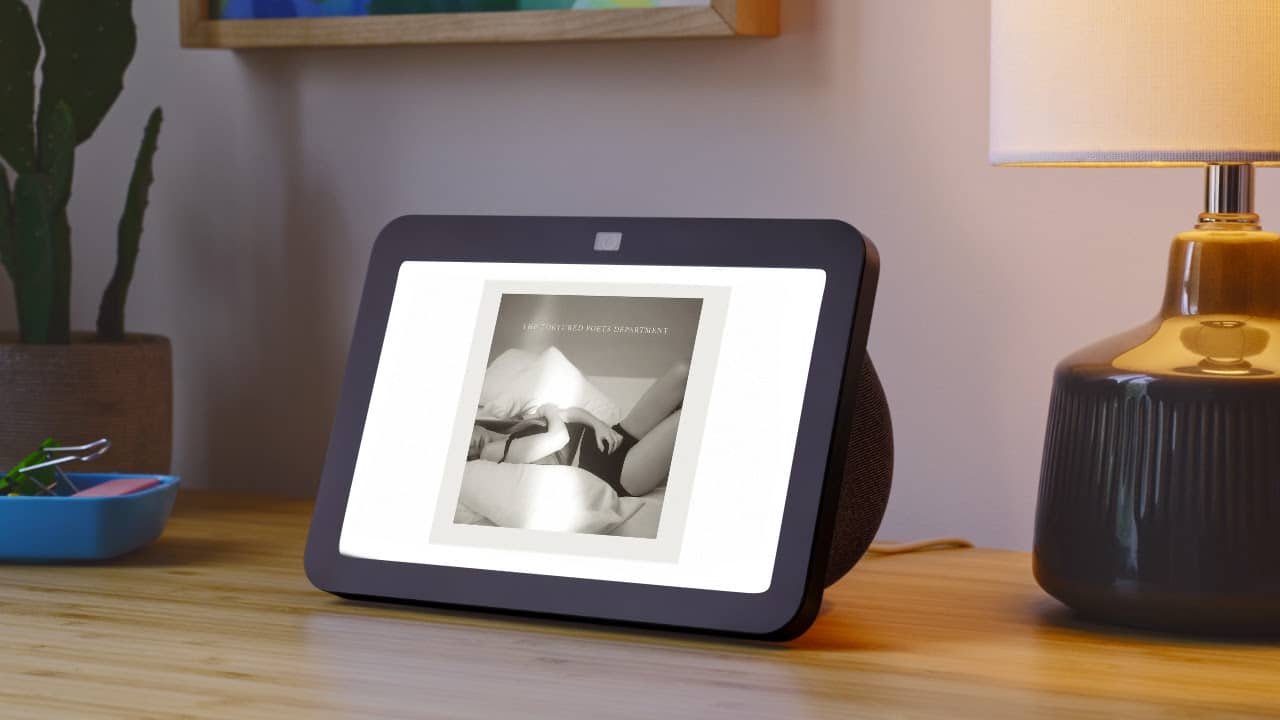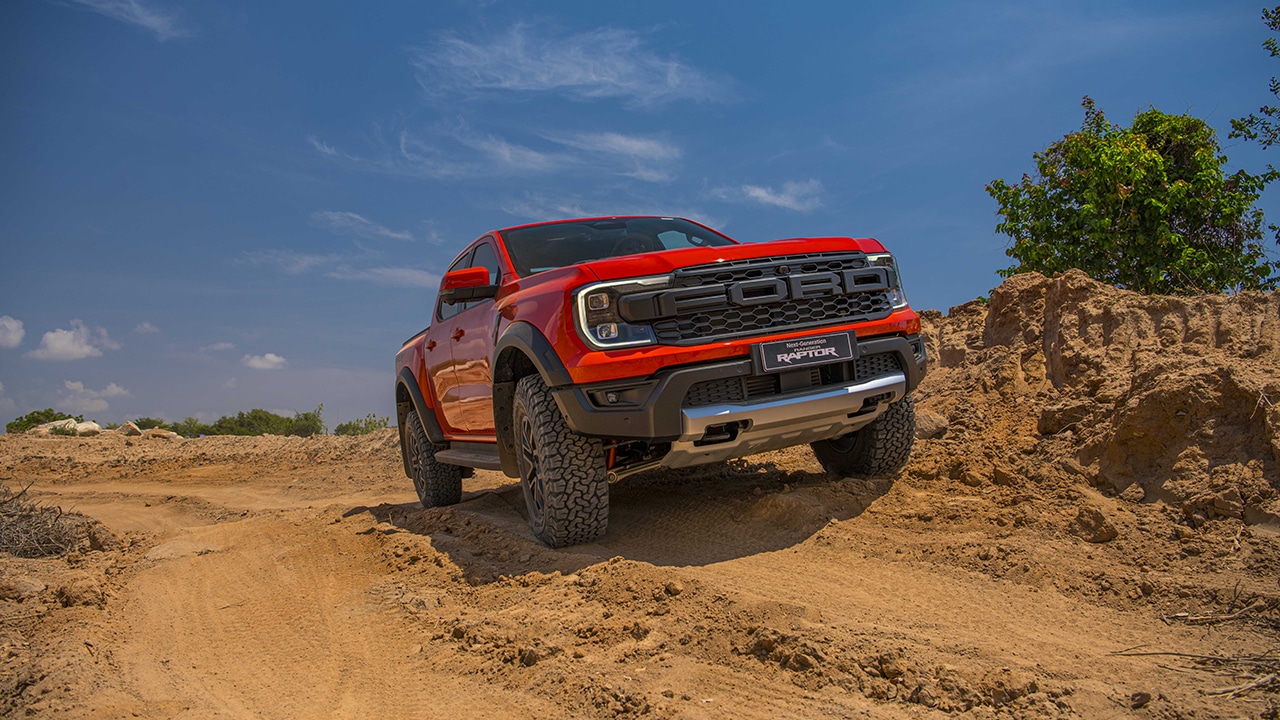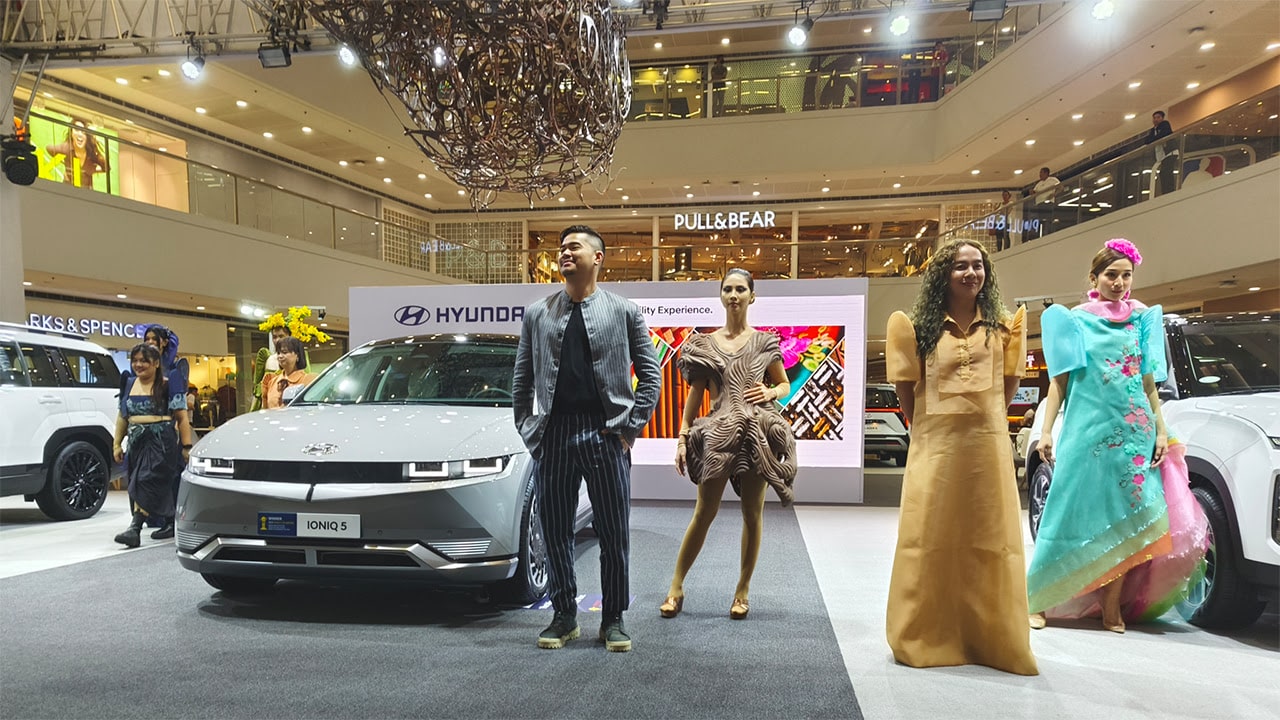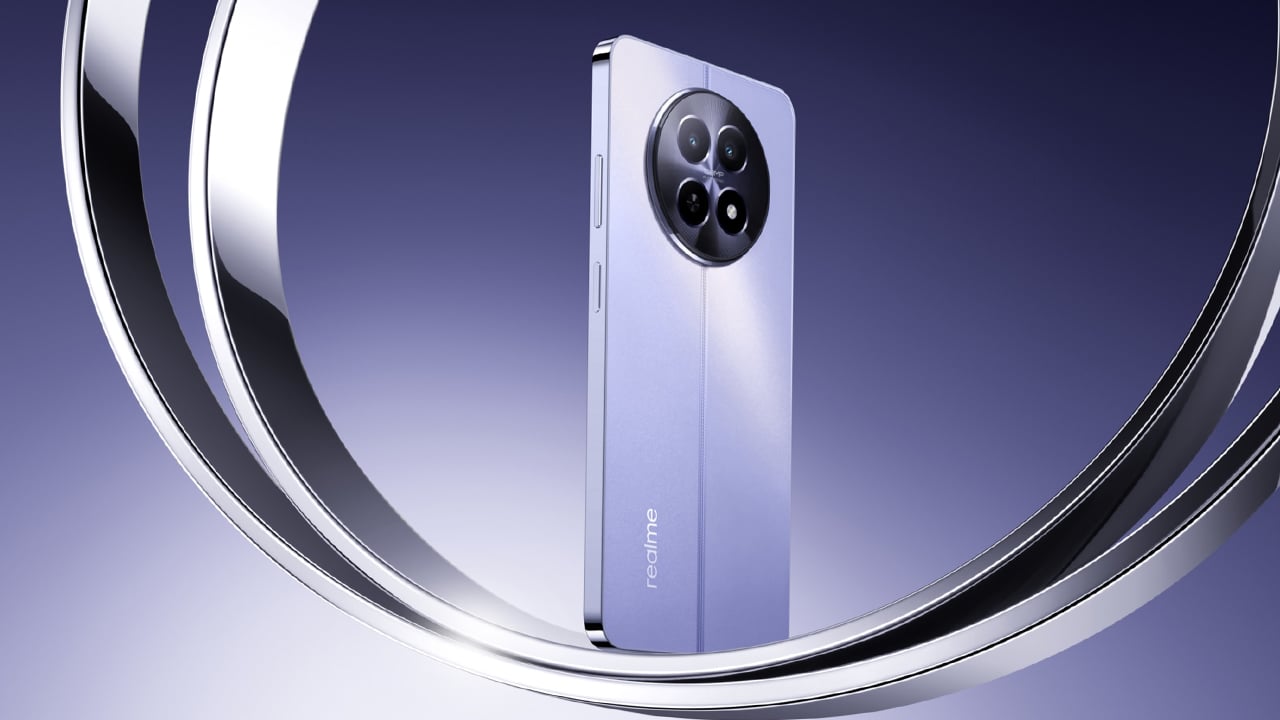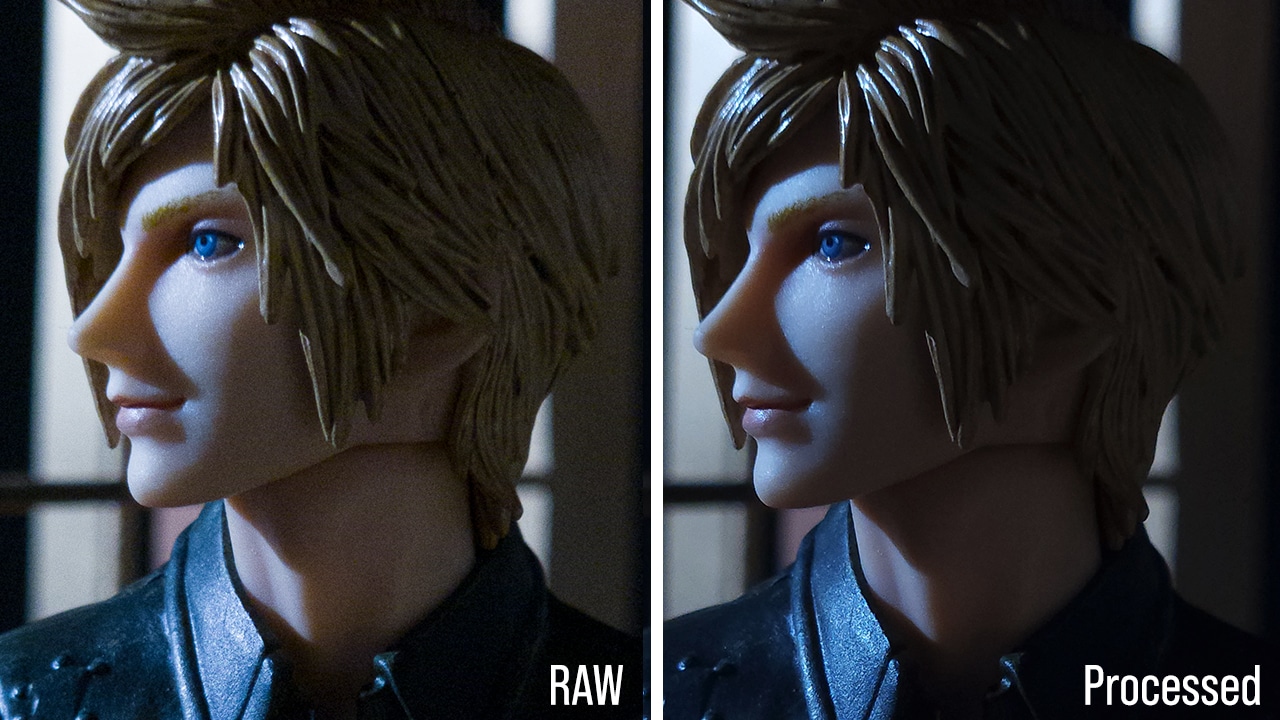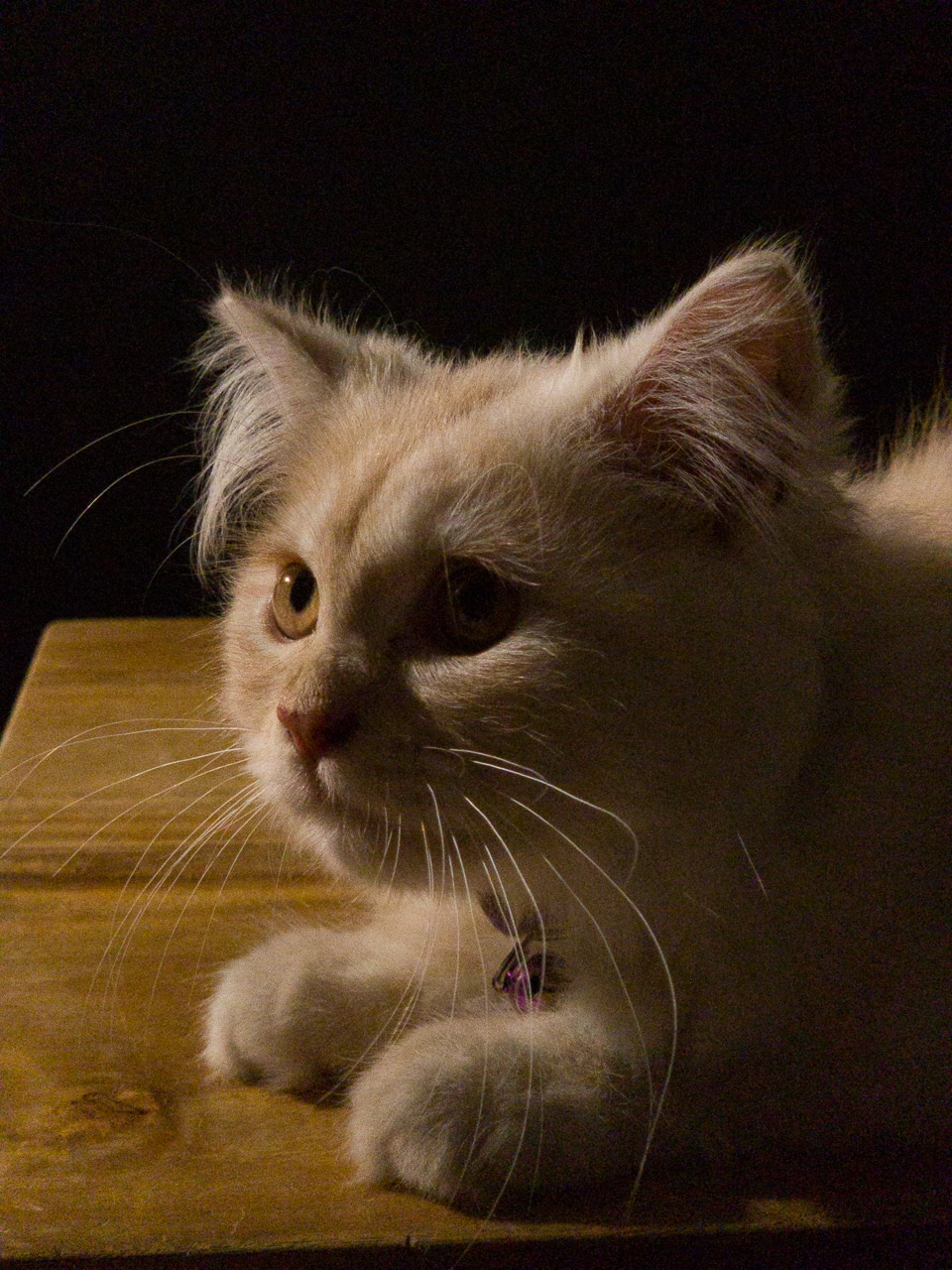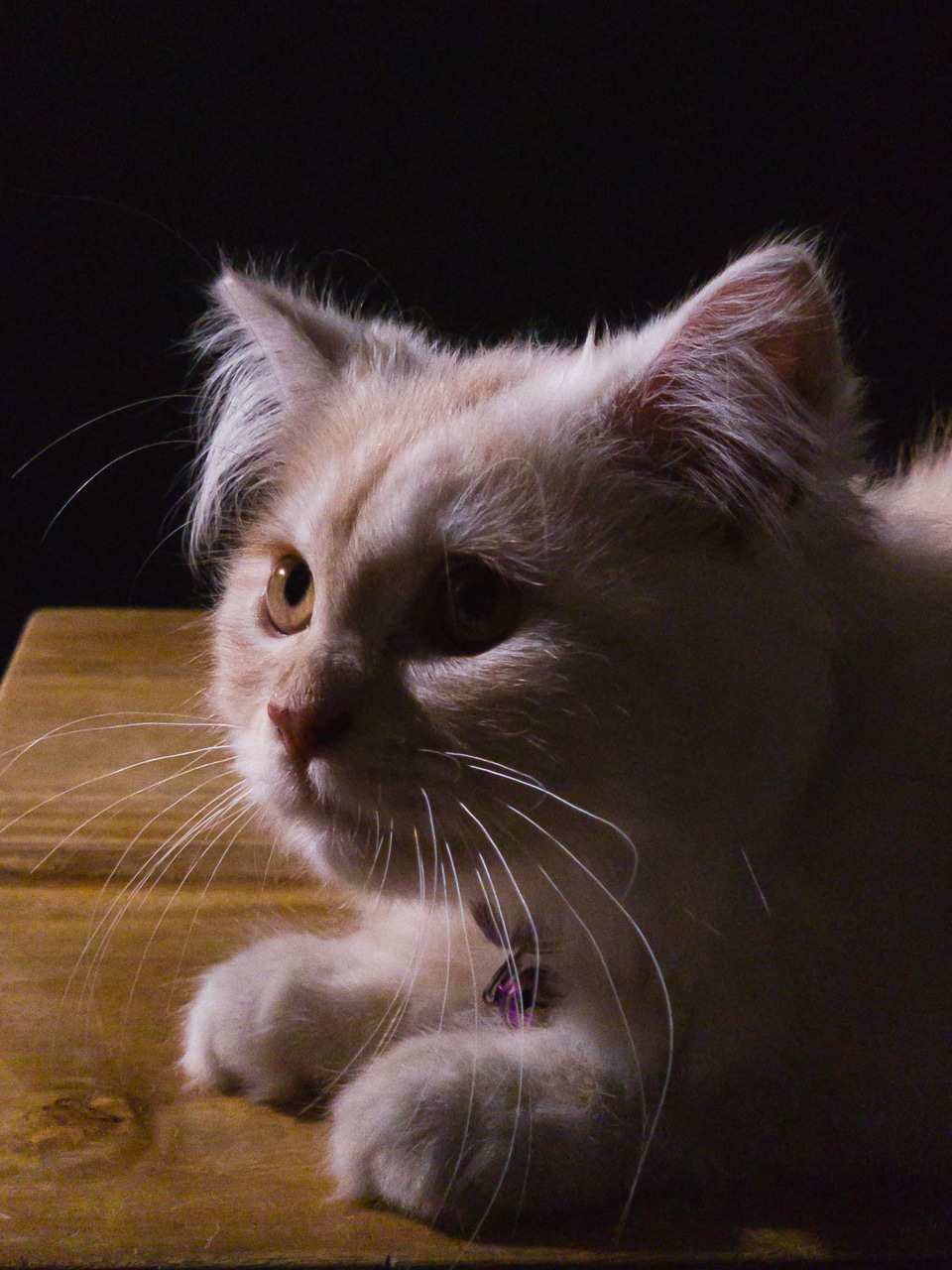The Insta360 X4 is here and it’s now capable of shooting up to 8K. And while its sensor and design are the same, there are a handful of things to get excited about with the company’s newest 360-degree shooter.
8K recording. Need we say more?
The Ace Pro has it so why not the X4? the Insta360 X4 takes 360° capture to new heights now being capable of 8K 360° recording. At 8K you will be limited to 30fps but there are a few other options should you want to record in slow motion.
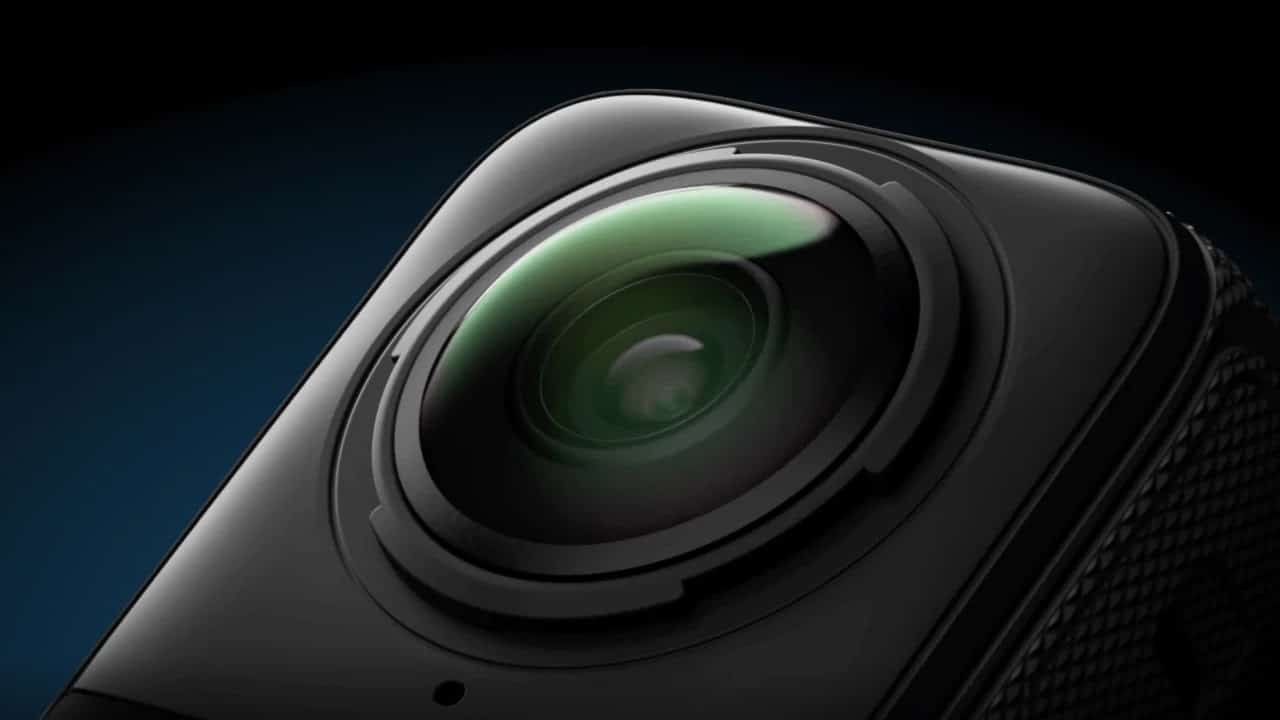
Scale down to 5.7K and you’ll unlock up to 60fps. Scaling down even further to a very respectable 4K resolution, and you can access up to 100fps captures.
Efficiency is key to a productive workflow so injecting an H.265 codec will help not only speed things up but also add compatibility to other devices, like smartphones, that shoot in this codec.
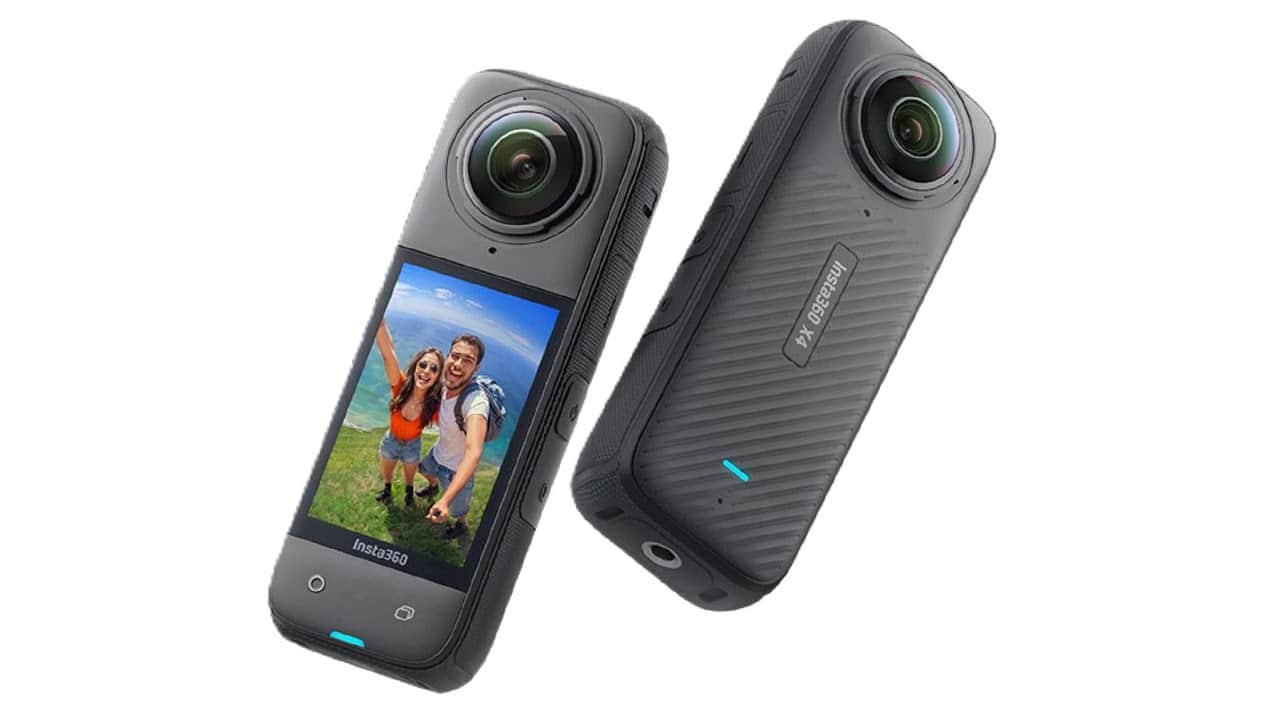
Additionally, you can also enjoy juicy 72-megapixel photos that are processed in-camera for better detail retention. There’s also a new Single Lens mode that basically turns the Insta360 into a regular wide-angle action camera.
Longer battery life
Less time tethered to the charger means more time to shoot. And with the X4’s upgraded battery (supposedly a 64% increase from the X3), you should be able to clock in about 75 minutes if shooting in 8K. At lower resolutions, the X4 could last up to 135 minutes of continuopous recording.
AI because it’s 2024
The Insta360 X4 might not have received a sensor upgrade but you are getting a 5nm AI chip that brings features like voice and gesture control. There’s also AI Reframing which tracks you and keeps you front and center.
Of course, it’s also working in the background to reduce noise and improve clarity, much like smartphones of today.
Replaceable lens guards, finally
It’s not much of an upgrade if you think about it, but it’s definitely something the community has been asking for. You’ll be getting a standard lens guard set which includes two plastic lens covers that are designed the lens from scratches and dents.
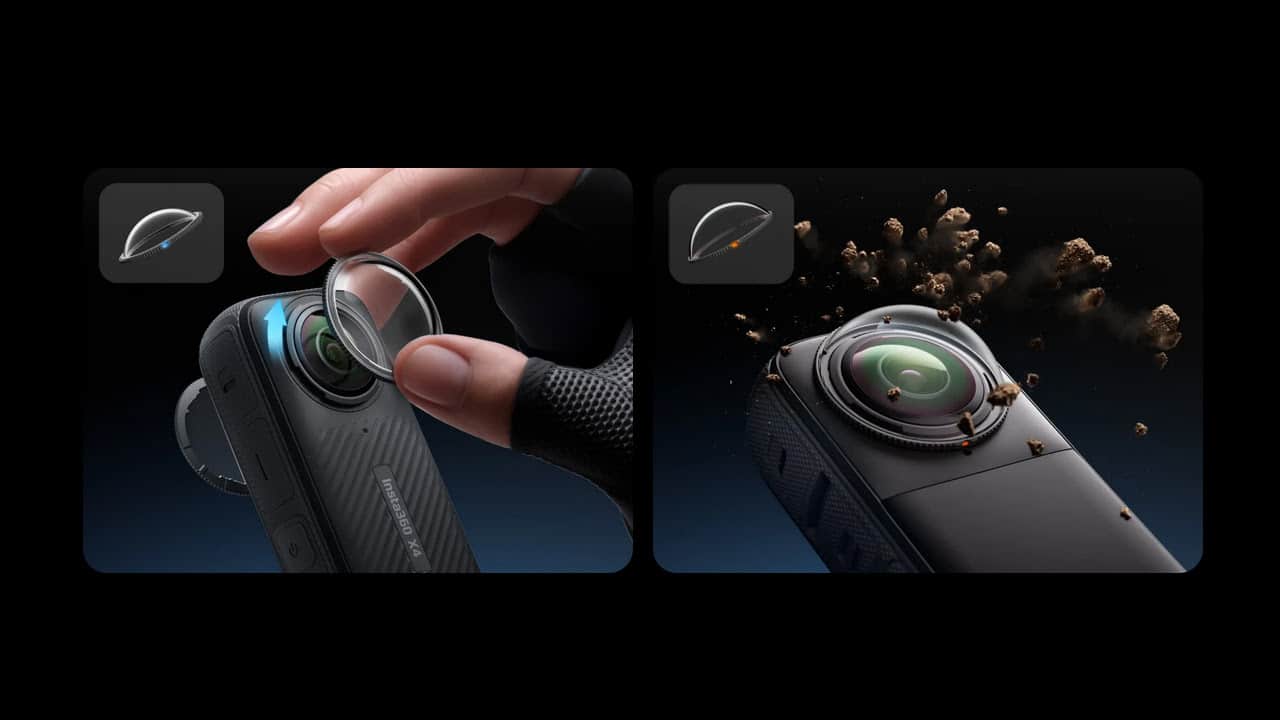
There should be no effect on the image as the lens guards are made with high transparency and multi-layer coating that assures no compromise in quality.
Looks the same but kinda different
Though practically indistinguishable from the X3, there are a few differences. The Insta360 X4 is slightly heavier but you do get a larger touch display that’s protected by Gorilla Glass.

With the invisible dive case, you can also go even deeper with the X4 and it can now also withstand lower temperatures.
Pricing and Availability
The Insta360 X4 is now available for purchase, retailing at $499.99 USD. Whether you’re a seasoned professional or an aspiring creator, the X4 offers unparalleled performance and versatility for capturing your world in stunning detail. Dive deep into the world of immersive content creation with the Insta360 X4, available now from the official Insta360 website and select retailers.
| Insta360 X4 | Insta360 X3 | |
|---|---|---|
| Resolution | Up to 8K 30fps | Up to 5.7K 30fps |
| Photo | 72MP 360° photos | 18MP 360° photos |
| Video Modes (max resolution/frame rate) | 8K 30fps, 5.7K 60fps, 4K 100fps, Single Lens 4K 60fps | 5.7K 30fps, 2.7K 100fps, Single Lens 1080p |
| Image Chip | New 5nm AI chip | Ambarella H2 chip |
| Stabilization | FlowState Stabilization | FlowState Stabilization |
| Battery Life | Up to 135 minutes (5.7K 30fps) | Up to 80 minutes (5.7K 30fps) |
| Waterproofing | 33ft (10m), expandable to 164ft (50m) with case | 5m (expandable to 50m with case) |
| Display | 2.5-inch touchscreen | 2.5-inch touchscreen |
| Lens Guards | Removable (standard & premium options) | Fixed lens |
| Other Features | AI reframing, Invisible Selfie Stick feature, h.265 codec |

